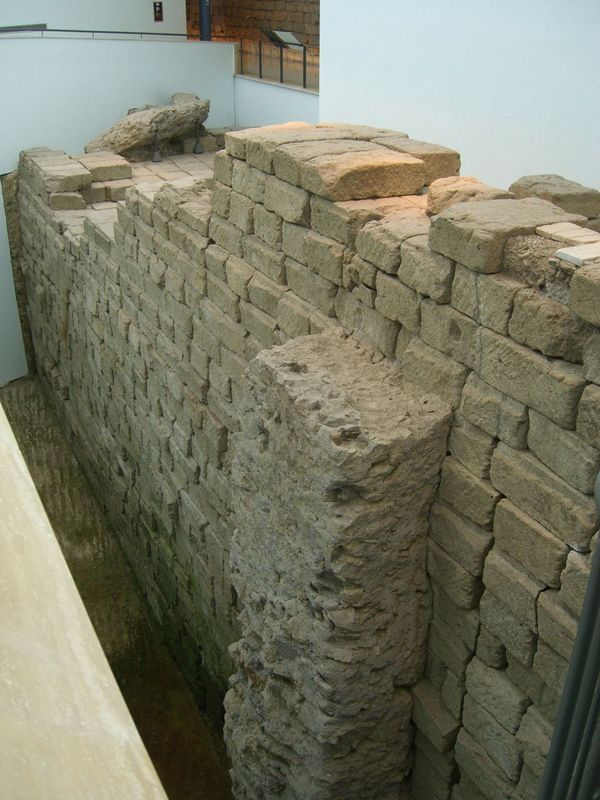Origins of the Temple
The Temple of Jupiter Optimus Maximus (Jupiter Best and Greatest) honored the Capitoline Triad of Roman deities: Jupiter, Juno Regina (Juno the Queen), and Minerva.1 Its alternate title, the Temple of Jupiter Capitolinus (Capitoline Jupiter) references its significant location on the Capitoline Hill of Rome.2 According to the Roman historian Livy, Tarquinius Priscus, an Etruscan king of Rome in the pre-Republican period, decided to build the Temple.3 Tarquinius Superbus, his son or grandson, completed the project.4 The consul Horatius Pulvillus dedicated the Temple in 509 BCE, the traditional date for the first year of the Roman Republic.5 A colossal structure that towered over the city, its importance as a cultural, religious and civic centre of Rome cannot be overstated.6 The Temple of Jupiter symbolized the "sovereignty and immortality" of Roman civilization, in an effort to distinguish itself from neighboring peoples when establishing the new Roman Republic.7 The Temple remained a iconic power symbol throughout the Roman Republic and early Empire.8 The fourth-century emperor Constantius II articulates its grandeur well: “beside [the Temple of Jupiter] everything else is like earth compared to heaven.”9
1 L. Richardson, jr., A New Topographical Dictionary of Ancient Rome (Baltimore: the Johns Hopkins University Press, 1992), 221.
2 Amanda Claridge, Rome: An Oxford Archaeological Guide (Oxford: Oxford University Press, 2010), 261.
3 L. Richardson, jr., A New Topographical Dictionary of Ancient Rome (Baltimore: the Johns Hopkins University Press, 1992), 69; Livy, Ab urbe condita., trans. Valerie M. Warrior (Indianapolis: Hackett, 2006), 56-57.
4 L. Richardson, jr., A New Topographical Dictionary of Ancient Rome (Baltimore: the Johns Hopkins University Press, 1992), 221.
5 Philip V. Hill, The Monuments of Ancient Rome as Coin Types (London: Seaby, 1989), 24.
6 John W. Stamper, The Architecture of Roman Temples (Cambridge: Cambridge University Press, 2005), 6; John North Hopkins, The Genesis of Roman Architecture (New Haven: Yale University Press, 2016), 97.
7 John W. Stamper, The Architecture of Roman Temples (Cambridge: Cambridge University Press, 2005), 6; L. Richardson, jr., A New Topographical Dictionary of Ancient Rome (Baltimore: the Johns Hopkins University Press, 1992), 224.
8 John North Hopkins, The Genesis of Roman Architecture (New Haven: Yale University Press, 2016), 97; John W. Stamper, The Architecture of Roman Temples (Cambridge: Cambridge University Press, 2005), 2.
9 Amanda Claridge, Rome: An Oxford Archaeological Guide (Oxford: Oxford University Press, 2010), 28.
